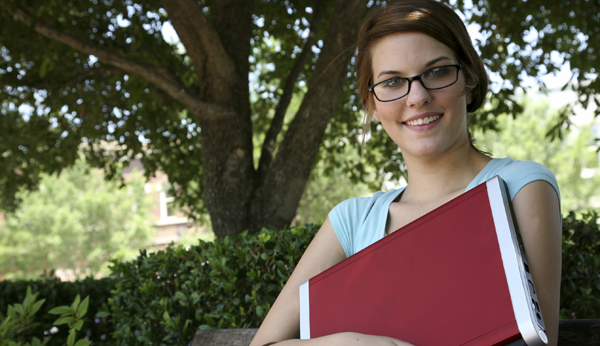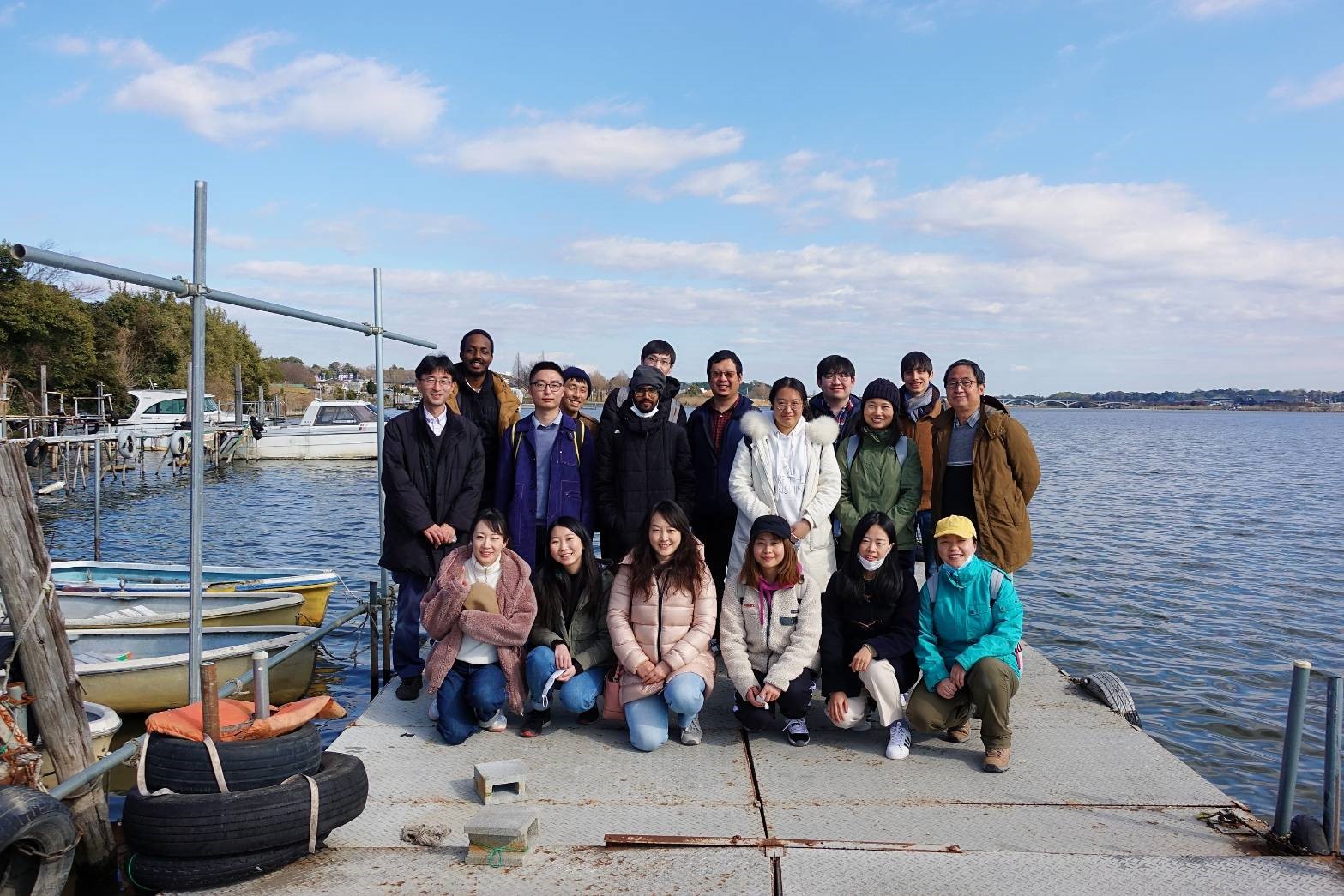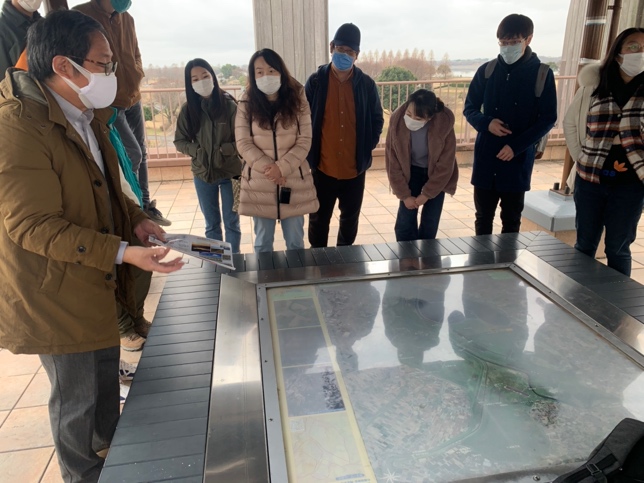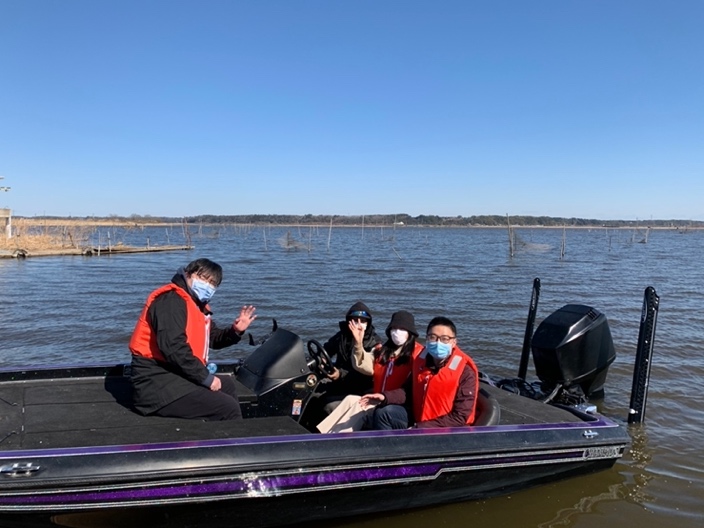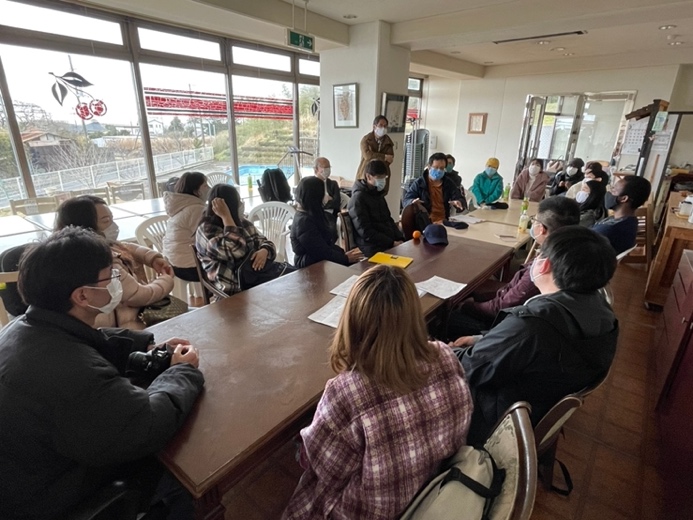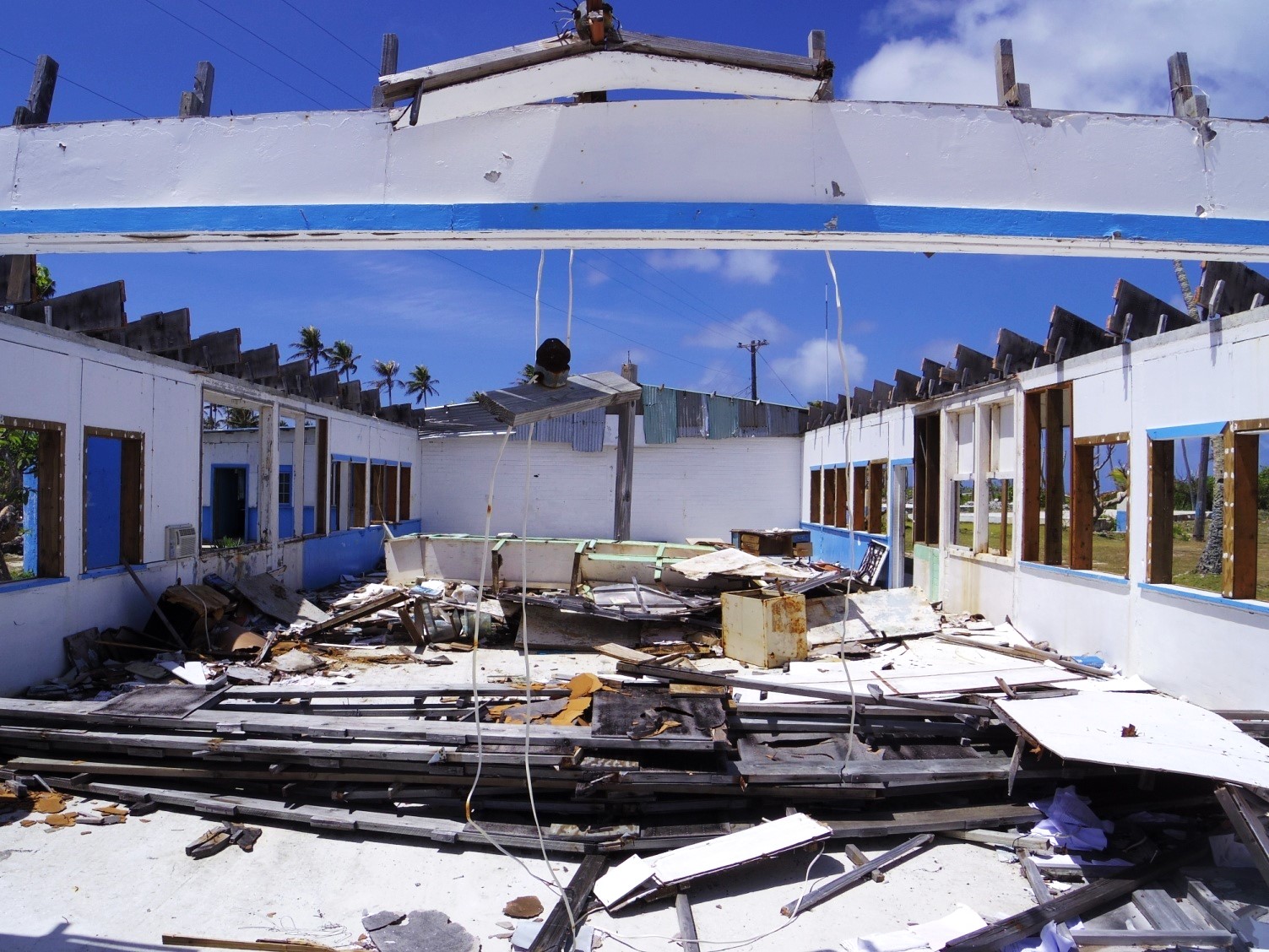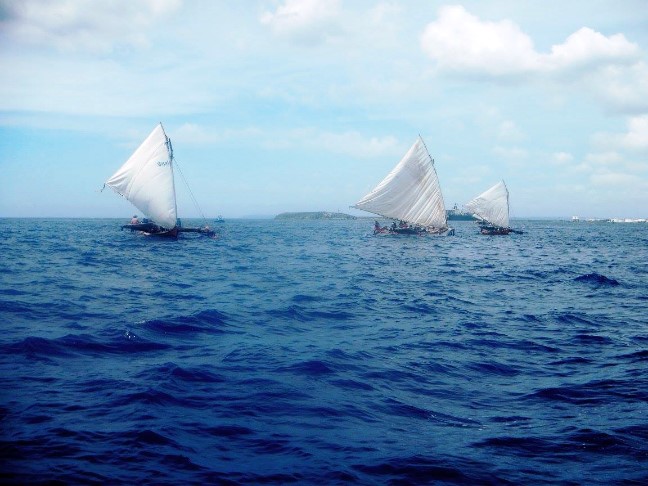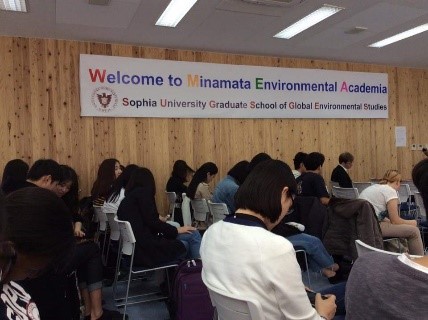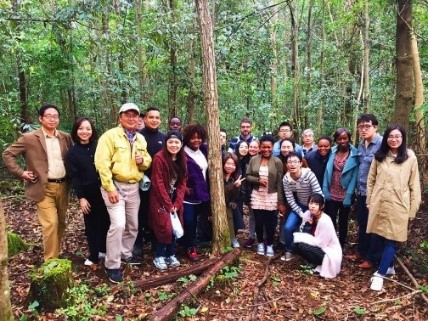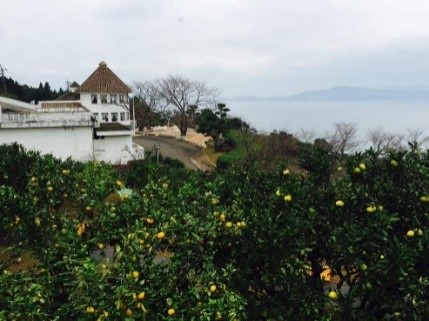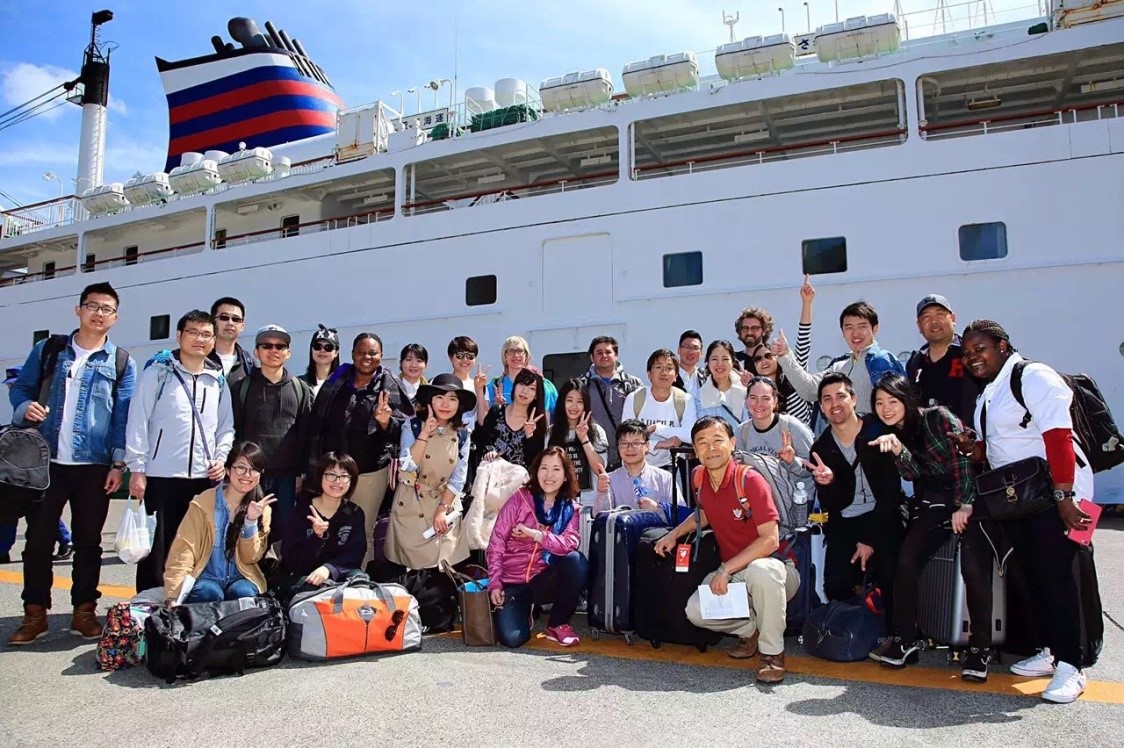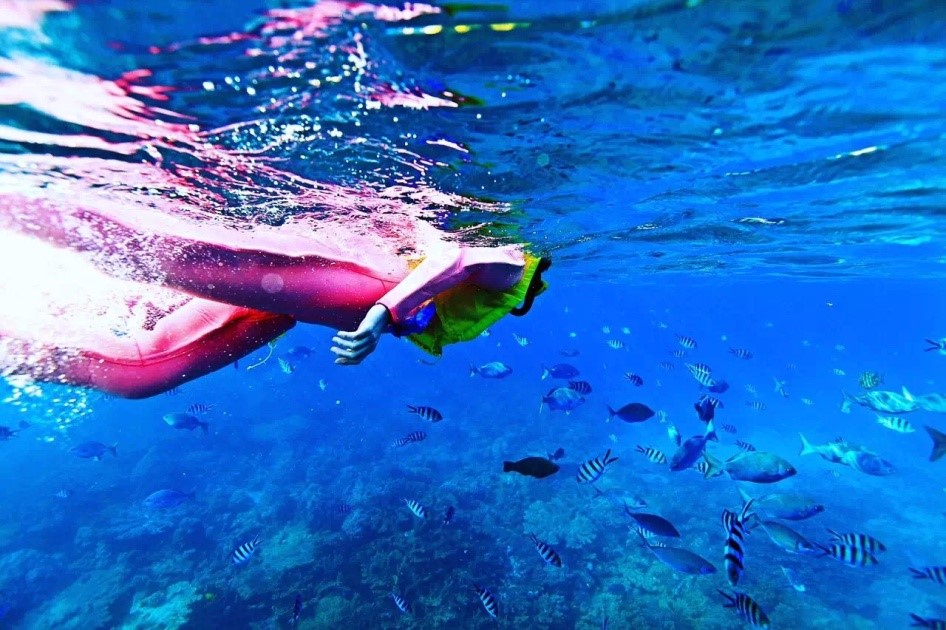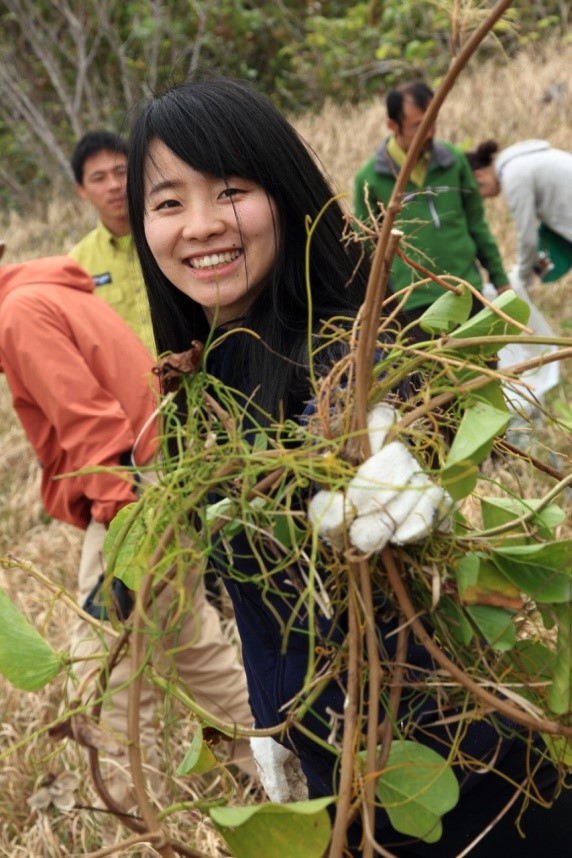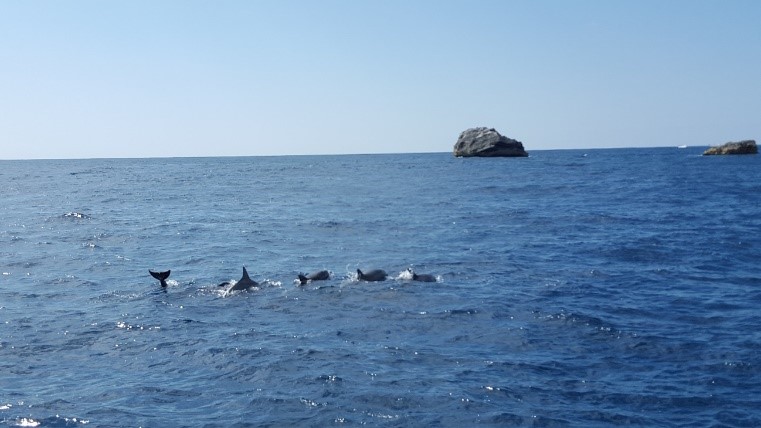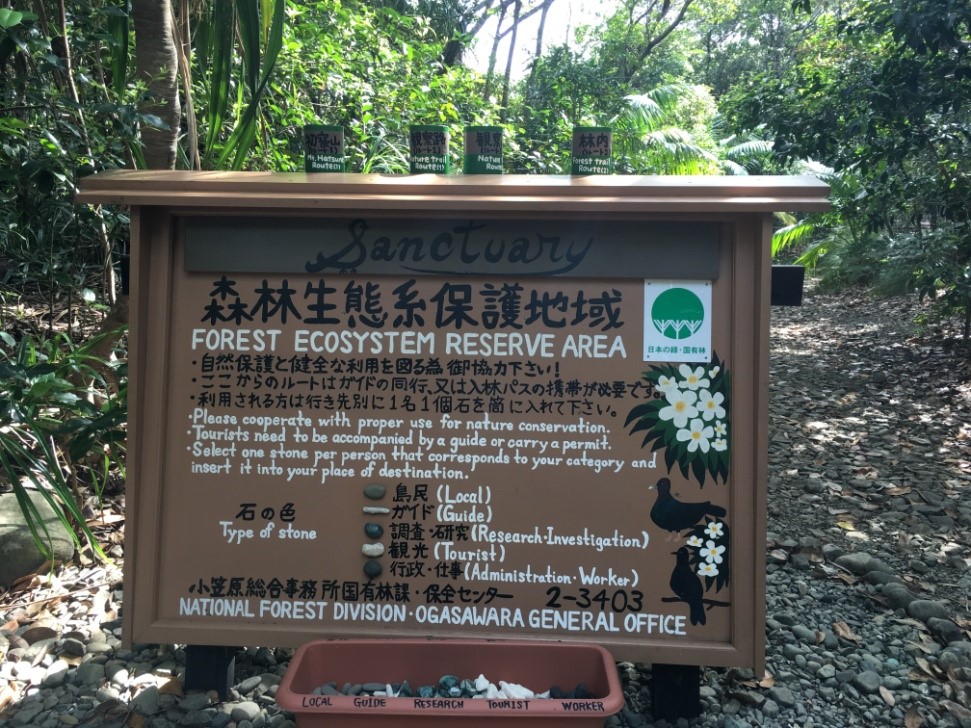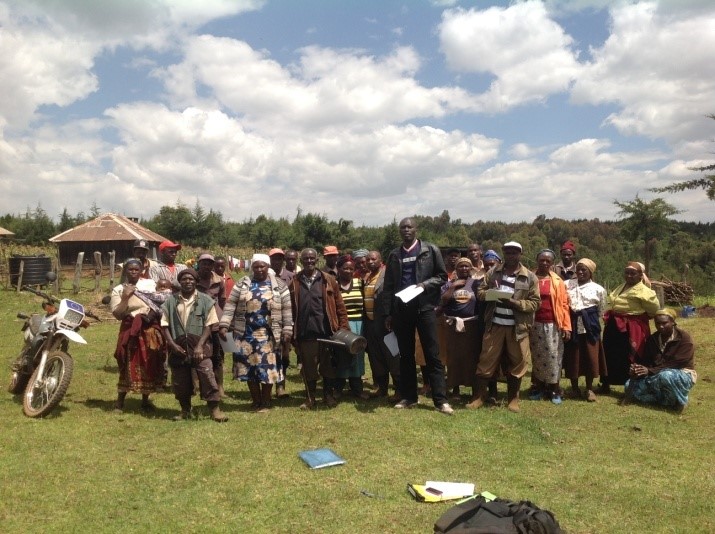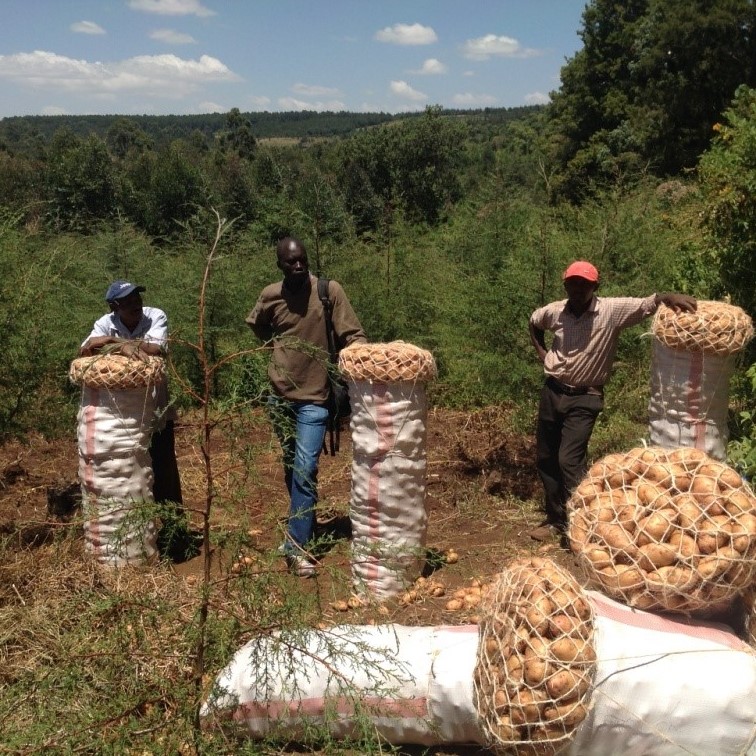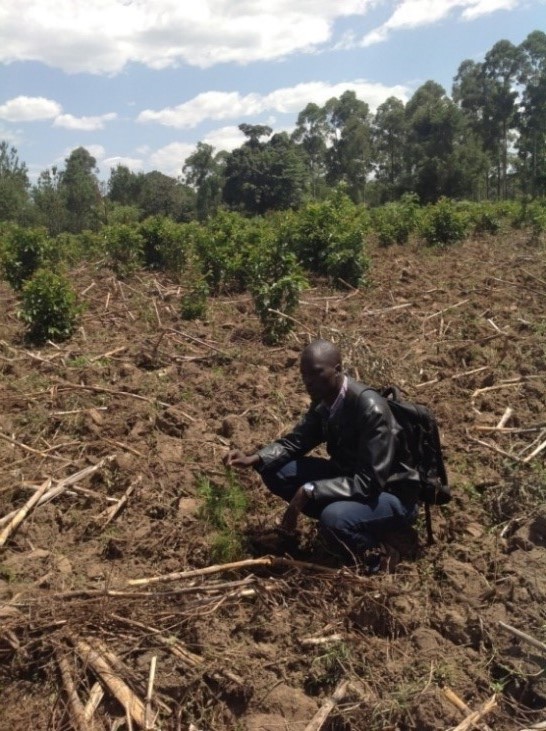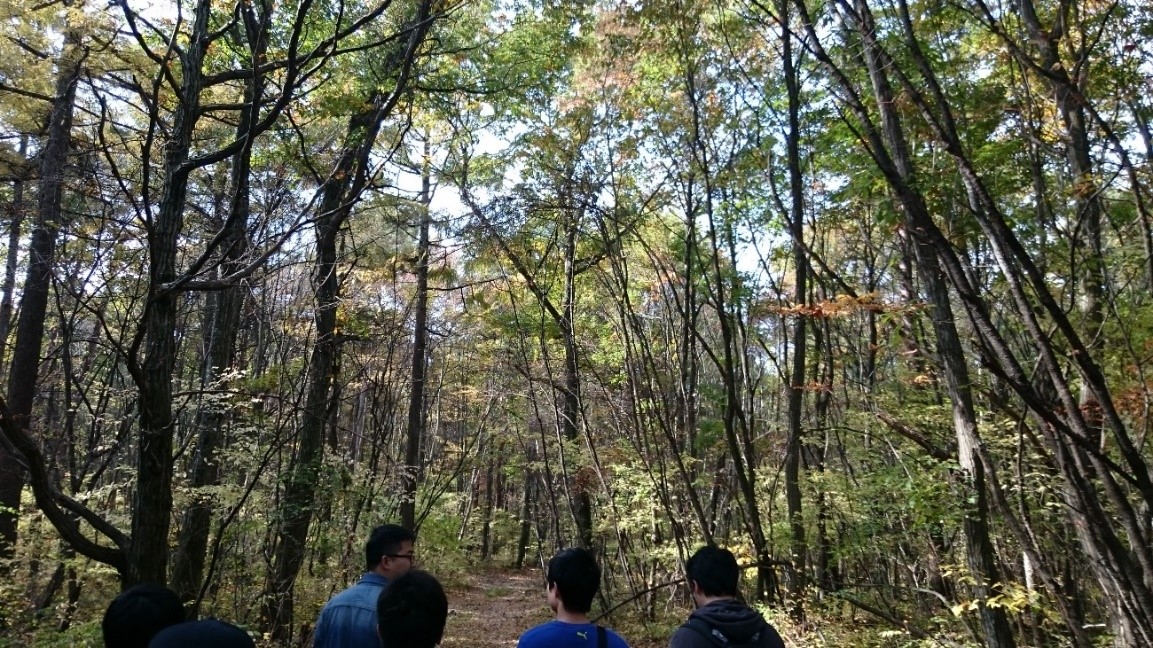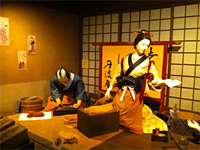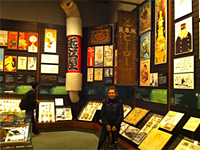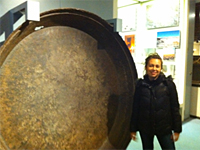GENV ACTIVITIES: student perspectives
2021 ASIAN ENVIRONMENT STUDY FIELD VISIT – Watarase Retarding Basin, Lake Inbanuma and Tone River
From March 1 to 5, 2021 the students from Sophia University’s Graduate School of Global Environmental Studies and Tokyo University of Agriculture and Technology visited several watersheds nearby the Tokyo area. 16 students and 3 professors from both universities joined the trip and visited Watarase Retarding Basin, Lake Inbanuma, and Tone river. The field trip is a part of the Asian Environment Study module, which is a field-based practice-minded and solution-oriented training program on water management in Japan. The main objective of this field trip is to better understand the water sustainability issues by conducting field surveys on water quality, soil quality, and socio-economic activities for water management. Prior to the field visit, students were divided into 3 groups and prepared the research plan for the trip.
From 1 to 2 March, we visited the Watarase Retarding Basin located in Koga city. It is an artificially constructed retarding basin to control the flooding and heavy metal pollution from the copper mining industry. Before going to the field for sampling, a brief introductory lecture of Watarase Retarding Basin and the surrounding wetland was given by Professor Huang Guangwei from the graduate school of global environmental studies.
In the afternoon, the water and soil samples were collected along the Watarase Retarding Basin to further testing for pollutant content. In addition, during the sample collection, students learned the methods and techniques of sampling water and soil. Furthermore, discussions were carried out on the effectiveness of the current flood mitigation techniques and how to attract locals and tourists for better management of retarding basins and wetland area.
Additionally, we also engaged with the local community through a questionnaire survey to evaluate the public knowledge of Watarase Retarding Basin and public awareness of the environmental pollution in the nearby area.
On 3rd March we moved to lake Inbanuma located in the northwestern region of Chiba prefecture. Lake Inbanuma is a natural lake that is also ranked as the worst polluted lake in Japan. To evaluate the extent of pollution, water and soil samples were taken from the areas of possible water movement along the river.
In addition to this, a social survey on lake Inbanuma and its surrounding environment were carried out as the place is a famous tourist spot for locals and foreigners.
Last but not the least, on 4th March, water samples were collected from Tone river in order to better understand the spatial distribution of water pollution in the area. Before concluding the field trip, preliminary findings from each group were shared with the Vice President Dr. Kamiya Hidehiro from Tokyo University of Agriculture and Technology and the professors from Sophia University and Tokyo University of Agriculture and Technology.
After coming back from the field visit, the students continued the group work to conclude the key findings and way forwards to improve the water quality and surrounding environment of the watersheds. The final presentation was held on 22nd March at Tokyo University of Agriculture and Technology.
2019 KYOEI industry factory visit
Tatiana Hajjar
On Saturday July 6th, 2019, I was part of a group of students that visited one of the facilities of the Kyoei industry accompanied by professor Ori Akemi. Established in 1985, Kyoei specializes in the recycling of PET bottles, that have been used in Japan since 1982. With a recycling rate of 84.8% all over Japan, the company collects, treats and recycles post-consumer plastic waste by producing PET resin pellets that can be used again as manufacturing material. We went to the MR Factory in Tochigi where the president, Furusawa Eiichi, gave us a lecture about Kyoei industry and the processes they use to treat the plastic waste.
Once used and exposed to certain temperature conditions, the plastic material of the PET bottles deteriorates (intrinsic viscosity, IV, decreases), and the resins obtained from treating the waste can only be used for certain materials. Because of that, in the past, PET bottles that were initially produced using raw materials (from crude oil) had a “U-shaped” recycling, in which deteriorating material from postconsumer PET bottles was recycled into sheets, films, or fibers. Before the China and South-East Asia ban, there was also an “L-shaped” pattern, in which plastic bottles were exported after their collection by municipalities.
Recently, Kyoei has developed a method (mechanical recycling/MR) to reverse the deterioration process by recovery of IV value with a re-condensation-polymerization reaction under very high temperatures in vacuum conditions, and together with a thorough decontamination, they were able to create material that are as good, safe and secure as oil-based raw material. This new recycling method has transformed the flow into an “O-shaped”, Bottle-to-Bottle (BtoB) domestic circulation. Moreover, this process reduces CO2 emissions by 63% compared to the oil-based one.
After a nice lunch, provided to us from the company, we were able to visit the facility and have a look at the MR and FtoP (PET Flakes to Preform) equipment. The machines being used in strict hygiene and security conditions, we had to wear special uniforms and go through a decontamination process before going into the machine room.
In the end, we went through the post-consumer PET bottles that were stored outside the facility, waiting for treatment. We could see the difference between the “good” ones, that are washed and have the cap and label removed, and the “bad” ones, that are thrown as they are, sometimes with remaining content.
References: President Furusawa’s presentation, complementary pamphlets and Kyoei industry website
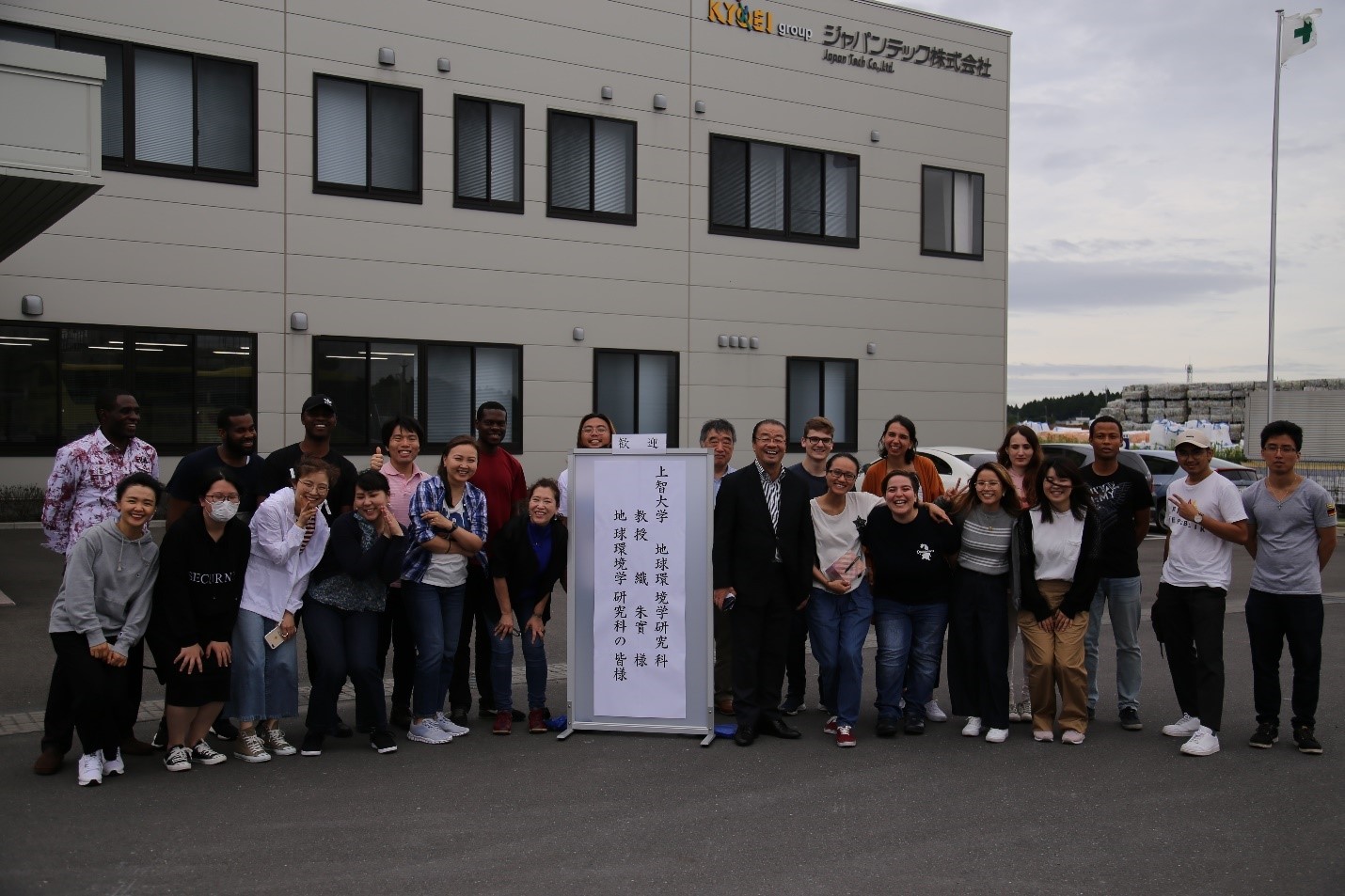
The study trip to Sophia Forest
David Kyomukama
With a team of twenty-five (25) students and three (3) Professors, we set out for a day trip on March 21, 2017, to Sophia Forest ? “Sophia No Mori” in Karuizawa; Nagano Prefecture, purposefully to create walkways and intently observe the biodiversity. Through the aid of forest guides, we constructed long walking trails to serve as clear and safe routes for access into the forest depth. This also was to enhance the purpose of research and educational study activities that the forest was designated for. Forests undeniably play crucial roles in the welfare of natural environments. Well known to us are the outstanding contributions ranging from; atmospheric carbon dioxide regulation, habitats and wealthy hubs of diverse animal and plant species, to supporting human livelihood. Such forestry management activities, to me, are a way of acknowledging their rich value.
I am so grateful for the opportunities the Graduate School offers for us to interact with communities and the environment. From this trip, I realized a whole new dimension of perspective concerning forests and was able to reconcile classroom knowledge with on-ground activities. I also appreciated the unique greenery and the soothing tranquility that came with walking through the forest. Outstanding was the liveliness and enthusiasm that everyone had throughout this tiring activity. Working together with our Professors also helped me realize that attaining a sustainable health of forests and the overall environment is a collaborative responsibility.
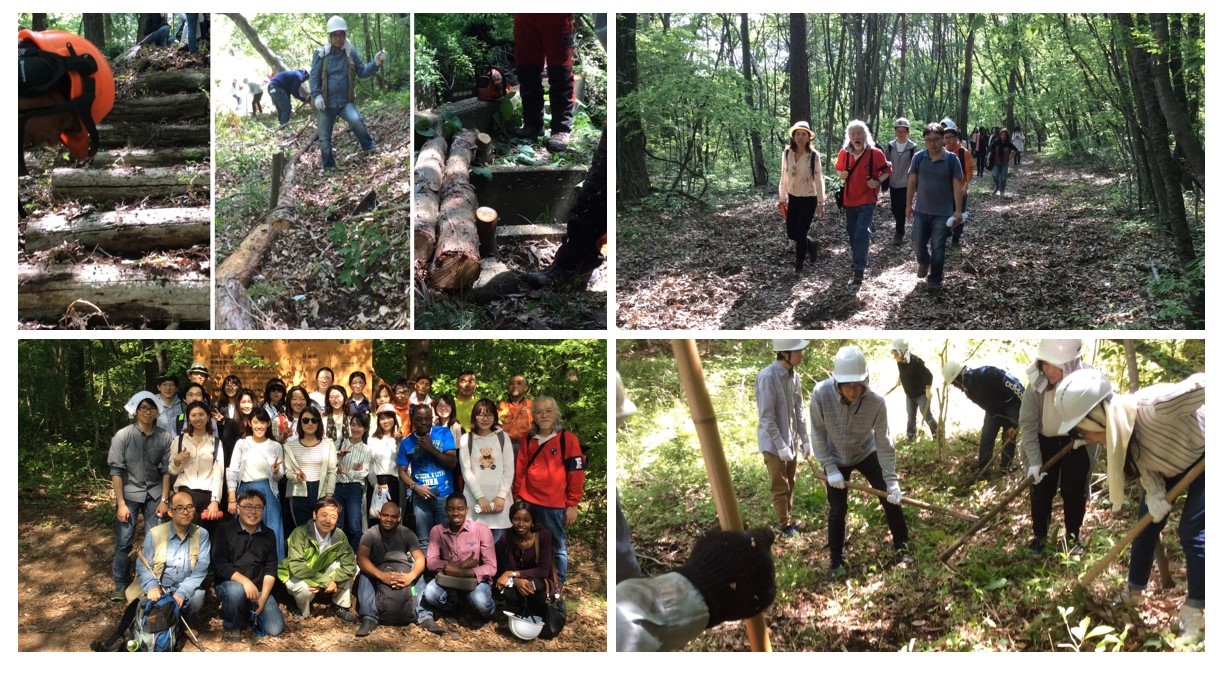
2017 Kyoto study tour
Gerald Kamanga
We travelled to Kyoto on a three-day study trip from March 9 to 11, 2017. The trip comprised eighteen students from the Graduate School of Global Environmental Studies with diverse backgrounds. We visited three sites with distinct approaches to environmental management such as mountain and forest conservation efforts of Arashiyama National Forest, Bamboo management at Nishiyama, and the declining utilization of Kitayama-sugi in Kitayama. We also interacted with representatives from Kyoto Model Forest, who explained the operational structure, activities, and opportunities for the Kyoto Model Forest. The students also took part in a tree harvesting activity at Murata. The trip indeed was an eye-opener in as far as forestry in Kyoto is concerned. We learnt how some forests and related ecosystems currently are being compromised by the growing population of deer, especially due to the declining number of hunters. In addition, the trip provided a tremendous opportunity for getting first-hand information as to how private companies, through the Kyoto Model Forest, are taking up the role of supporting environmental conservation as part of their corporate social responsibility.
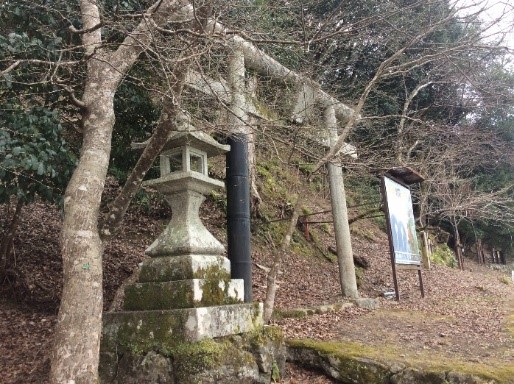
2016-2017 research trips to the Federated States of Micronesia
Caroline Kocel
For my research on environmental education in small island developing states, I conducted two 1-month field-trips to Yap (Federated States of Micronesia) in February and September 2016, followed by a 2-week visit to share my research findings in March 2017. I focused on four projects including local NGOs, a high school environmental science class and a community extension outreach programme. I interviewed project leaders and managers, observed classes and workshops (left picture: classroom destroyed by super-typhoon Maysak), and spoke to government agencies and various members of the community. During fieldwork, I trained three times a week with the local paddling team.
Three main factors supported the financing of this research: firstly, I had failed seven scholarship applications before finally winning a Rotary Yoneyama Scholarship which provided me with a monthly stipend; next, to avoid paying rent in Tokyo, I was officially ‘homeless’ during fieldwork (I packed up and stored my belongings); and finally, I ran an online crowdfunding campaign.
From the moment I decided to do fieldwork in Yap, I felt I had no idea what I was doing. Now I know that this feeling doesn’t stop when you are pushing beyond your boundaries. The demands of fieldwork and writing a thesis can be described as ‘chaos endurance’. What kept me going was the love for my topic and hope that my work could be useful for someone in Yap. My advice for anyone thinking about fieldwork is to rise with the challenge, go knocking on doors and exercise patient perseverance - you have no idea where you may find yourself.
2016 Minamata study tour
Heather Lueck
I am grateful for the many educational travel opportunities students of the Global Environmental Studies program get to participate in. In particular, I really enjoyed the Minamata Trip that I went on in autumn of 2016. For three days, from October 30 to November 1, we were able to learn first had about a devastating mercury poisoning disaster, Minamata Disease, that occurred in Japan in the 1950s and 60s. We visited the site of the factory that caused the problem, and were able to hear stories from survivors of this incident. Sadly, the repercussions of this event are still seen in the people who were affected by it. Though, we were able to see how the city’s citizens and an academic institution worked together to push for concern about the environment and to implement stronger environmental regulations and laws. Through this trip, I was able to learn about a severe environmental disaster that is not widely known outside of Japan I feel. It is important for people to know about this event, and to understand the harmful effects of unregulated pollution into the environment.
The area is now clean and is a beautiful, safe place to visit. I enjoyed seeing the country-side of Japan and the great recovery of this area. I do hope others learn about this disaster to prevent similar situations from occurring, but also know that Minamata is a wonderful place to visit and has turned into an eco-town of sorts. The city has worked hard to become more environmentally conscious and wants other to do the same. Great experience to share with fellow classmates that will stay with me for a long time.
2016 Ogasawara island study tour
Yingfei Hu
The Graduate School of Global Environmental Studies often organizes different study trips to different places to broaden students’ horizon and to apply what we have learned to practice. One of the most impressive study trips I have participated in was the 6-day research trip (March 1st, 2016 - March 6th, 2016) to the Ogasawara Islands (also known as the Bonin Islands), which are located in the middle of the Pacific Ocean and about 1000 km directly south of Tokyo. Two professors (Prof. Ori & Prof. Shibata) and more than 30 students of our graduate school participated in the amazing trip.
Before our departure, we were divided into several groups and did a lot of preparation for the research there. The research topic of my group was about eco-tourism, so we looked for information about the environment protection and eco-tourism industry in Ogasawara, and we made a questionnaire after discussions about the information we had collected. Fortunately, we collected more than 100 usable responses from the visitors on the ship to the Ogasawara Islands with a 95% response rate. During the 6 days, we experienced a lot, such as attending the environmental lectures given by the local government departments, interviewing local residents, trying local eco-tourism activities (whale watching, swimming with dolphins, forest eco-system tour, snorkeling, star watching, wildlife watching at night…), and weeding and planting trees to protect local plant species.
I can say without any hesitation that the sea and sky we saw in the Ogasawara Islands were the bluest and clearest most of us had ever seen. No wonder the Ogasawara Islands are in the Natural World Heritage list and are famous for the good environmental protection there. During the 6-day study trip, I learned many things, which will influence my future life and research.
Xiaoxi Guo
At our graduate school, we not only absorb knowledge from paper and ink but also gain experiences from field study trips. One of the most exciting study trips I attended was the trip to Ogasawara island in March 2016. Ogasawara Island has a unique ecosystem that many animals choose this island as their habitat. Throughout the trip, my experience of whale searching brought me a strong impact. I saw whales and dolphins jumping on Discovery Channel and Sea World. However, seeing a wild whale jumping next to your boat is an entirely different experience. We even got the chance to swim with a group of dolphins. As a researcher of Global Environmental issues, these experience remained me that our research protects the living environment of these magnificent creatures, directly or indirectly. A trip to Ogasawara really is that kind of once in the lifetime experience.
2016 research field trip to Kenya
George Ndege
From January 18 to March 9, 2016, I carried out research work at Kakamega rain forest and Bahati forest in Kenya. The two selected sites are among the areas where participatory forest management (PFM) is practiced by forest-adjacent communities registered as community forest association (CFA) through the Plantation Establishment and Livelihood Improvement Scheme (PELIS) as per Forest Act No. 7 of 2005. As the result of my research, PELIS indeed contributes to a lower inequality gap by providing income and employment, to improved food security through providing accessibility to land for production, and to improved cooperation among community members, building on their social, human, financial, physical and natural capital. However, I noticed that the livelihood capital assets of those involved in PELIS at the site are diverse, not all have limited capital assets. Incentives are the key motivating factor for participation. Another aspect is that PELIS is a cost-effective way of plantation establishment, but the survival of the seedlings is not authentic; it depends on the organization, administration, and proper monitoring of the PELIS activities and on enforcing the rules, including quality of the germplasm.
Despite plantations having limited biodiversity, less water base-flow as compared to natural forest, but high as compared to degraded or open forest, this passive role of biodiversity is better than no biodiversity, especially when accounting for the buffering role against destruction of natural forest. Challenges still exist under PELIS, such as asymmetry in number of plots owned by farmers, CFA administrative fees, sourcing of seedlings for planting and labor for planting, record keeping, survival rates, quality of seedlings, determining actually poor farmers in need, etc. Hence, it can be a recipe for commercialization posing an elite capture risk by the CFA officials. The great challenge of PELIS is the pursuit of the concurrent objectives to effectively meet needs of forest dependent communities and rural people and to reduce the forest vulnerability from medium-term to long-term. This challenge arises as a consequence of external pressures from population increase, need for equitable benefit sharing, unemployment, low funding for alternative livelihood projects, and conflicting interests, among others. For effective participation in sustainable forest management, issues for further consideration include equitable benefit sharing demand, elite capture risk, inadequate funding for alternative livelihood activities, and future sustainability, which will enhance the medium- to long-term continuous success of PELIS.
2015 Karuizawa study tour
Carlos Emilio Gonzalez Rivera
During the autumn semester of 2015, I had the chance to conduct a research trip in the Karuizawa region with other students of the Global Environmental Studies department and faculty members. The purpose of this trip was to attend different seminars on forest management, and how forest protection is being funded with special taxes. Aside from the seminars, we had the chance to visit a man-made forest and obtain an understanding of the process for setting it up. Also, we spend some time doing sightseeing and having fun together.
Field-trips of the Waste Management Plants and Water Recycle Center
Yang Yukui
- When:
- 18/7/2012 Am9:00-Pm5:00
- Where:
- Futatsuka waste final disposal location
Tamagawa Clean Center
Minami-Tamagawa Water Recycling Center - Who:
- 30 Students of Global Environmental Studies, both from M1 and M2, with the professor Ootsubou and Yagisita.
- Why:
- To deepen the further understanding of the current situation and problems of recycling and waste disposal in Japan.
- What:
- First, we had visited the Futatsuka waste final disposal location in Hinode-cho, Nishitama-gun, Tokyo, which has the highest standard system of Japan since it is builder in January, 1998.The Futatsuka waste final disposal location is about 59.1ha ( Land fill 18.4ha, Management institution14.9ha,Residual green land area about 25.8ha) In there they showed us the ground and institutions and Eco Cement which was recycled by the final disposal wastes. Through a high fever of more than 1000 °C, the final disposal of waste turns into powder without producing dioxin, and then will be used to make cement as a raw material.
- Second, we gone to the Tamagawa Clean Center in Inagi Daimaru Tokyo, Tamagawa Clean Center is a common incineration plant of Komae, Fuchu, Kunitachi,and Inagi. It is a comprehensive cleaning plant with three functions, combustible waste incineration facility, coarse, non-combustible waste treatment facility, and melting Treatment facility. In the Clean Center they changing ash into the slag and use them as construction materials, and they are also generating power by thermal recycling of waste burning.
- Last, we visited the Minami-Tamagawa Water Recycling Center which also locations in Inagi Daimaru Tokyo near to the Tamagawa Clean Center. This Water Recycling Center is handling most of Inagi-Tama and a part of the city of Hino Hachioji, Machida. The processing area is 5,900 ha in total. By incorporating the majority of advanced treatment methods such as a step A2O, the water can be treated more cleanly than conventional. The water is discharged into the Tamagawa after treated in the center. And a part of the recycle water is also reused in the center, such as machine washing and cooling.
- By this visit, I was able to experience the process of disposal by my own eyes nose and hands, it is a very valuable experience for me, and it is really helped me get much further understanding of the current situation and problems of recycling and waste disposal in Japan.
Futatsuka waste final disposal location
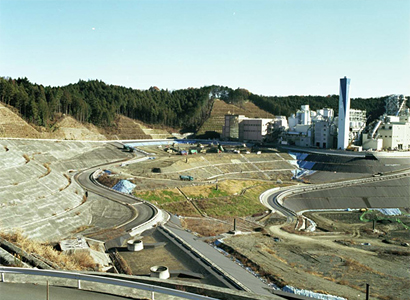
Tamagawa Clean Center
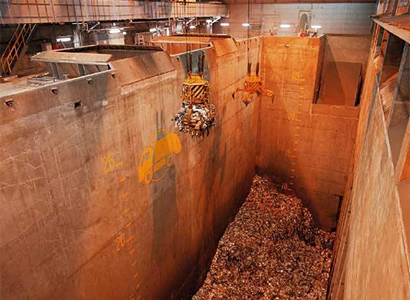
Minami-Tamagawa Water Recycling Center
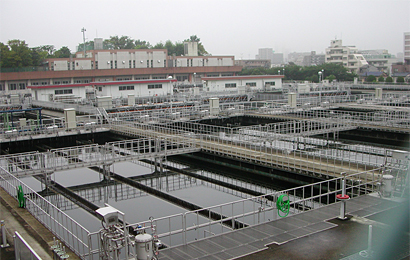
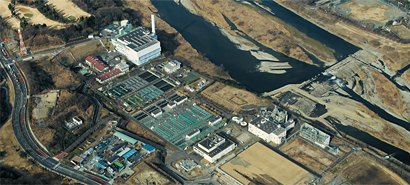
Tobacco & Salt Museum - Tokyo
Adriana Gomez
The activity was a one-day visit to the Tobacco & Salt Museum in the heart of Tokyo, Shibuya, as part of the Environmental History lecture. It focused on the environmental aspects such as resource use, cultural and economic impacts on Japanese society and the development of technologies surrounding the evolution of tobacco and salt manufacture throughout Japan since ancient times. The activity included a visit to the exhibitions of the old-fashioned kizami (kiseru tobacco) and the kiseru (Japanese pipe) along with the one showing the transition from the indigenous tobacco industry to the current governmental enterprise. On the other hand, the salt exhibition highlighted the uniqueness of the salt-making process in Japan compared to other regions in the world where temperature, humidity, salt deposits and geographical localization are more favorable for its manufacture or trade. In the end, the exhibition showed how salt making has played an important role in the development of improved technologies and keeps impacting communities not only for the growing significance in modern industry but also for the recognition of the importance of preserving traditional practices in Japan. Overall, through this activity I witnessed how both activities were developed under specific environmental, cultural, social and economic circumstances that at the same time have shaped Japan's history and industry. In addition, it raised many questions with regard to how traditional knowledge is developed, the necessary factors to preserve and to project traditions towards sustainability and how the historical positive aspects of these activities can be replicated in modern industry.
Hokkaido Trip Experience
Ryan Chan
The staff and students of the Global Environmental Studies Department of Sophia University had the opportunity to go on a field excursion to Sapporo, Hokkaido from October 31, 2012 to November 2, 2012. During this excursion, the department was welcomed by Hokkaido University where we were able to meet students and staff there with similar field interests. During this trip, there were a series of lectures conducted by both the students of Sophia University and Hokkaido University about their research progress. The topics were diverse as it ranged from water quality issues to optimal agricultural patterns on sloped lands. Also, the professors presented similar talks about their own research fields as well. For example, Professor Washida gave a brief lecture on environmental economics in regards to carbon emissions. The diverse studies from the staff and students allow everyone to gain a general sense on the importance of this study.
Besides listening to lectures, Hokkaido University conducted a tour around its campus. During the tour, various facilities that promoted a sustainable campus were shown to us. One of them involved an energy efficient house where there were solar panels and large sized windows to allow maximum penetration of natural sunlight. Also, another group had the chance to visit a cow farm and experience the richness of Hokkaido milk. This vast experience in absorbing on what Hokkaido has to offer in these two days was immense.
Lastly, besides promoting the abundance in nature and environmental efforts, being able to explore in a region of Japan that is detached from the main island was remarkable. Indulging in the fresh seafood such as crab and famous Hokkaido milk based ice cream and visiting Sapporo's JR Tower to see the view of the city made the trip even more worthwhile. Also, visiting the Ainu museum and learning about the original inhabitants of Hokkaido revealed more about the lifestyles before modernization took place. All of this were excellent chances to combine both environmental learning and cultural exchange and broaden the view to show what Japan really has to offer.


